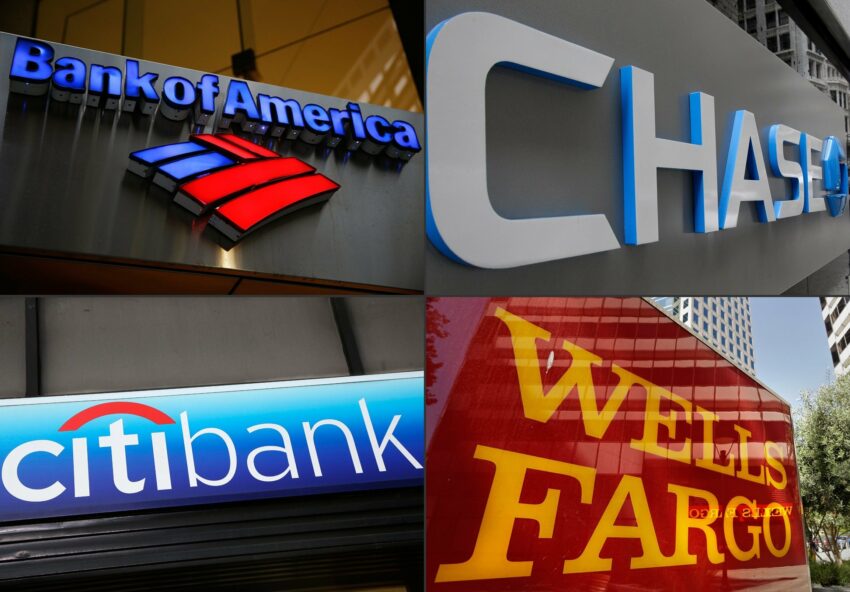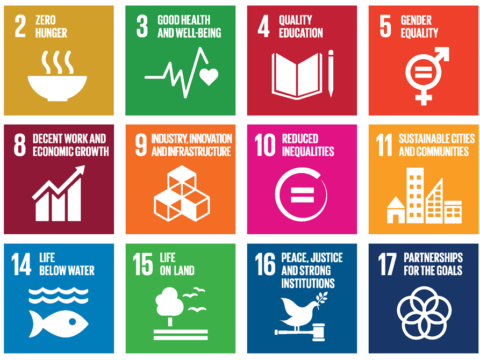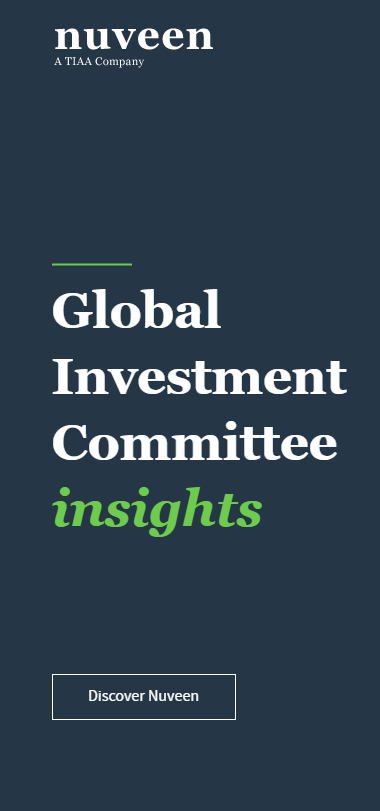
Moody’s Investors Service said today $7.5 billion of bank facilities (Letters of Credit, LOCs and standby liquidity) were underwritten or extended in Q1 2019, 17% less than the $9 billion quarterly average in 2018 but slighly higher than the $6.9 billion in the corresponding period in 2018.
Our trends observed included:
- New facilities at $708 million were 40% below 2018 quarterly averages, and concentrated in State Housing Finance Agencies (HFA) transactions (55% of all new issues)
- Same-bank extensions were dominant, with substitutions sharply down
- Foreign banks increased their participation, underwriting 43% of new commitments. Among the large U.S. banks, Bank of America confined its activity to mostly extending current facilities, while PNC led in new issuance
- The top foreign banks were Sumitomo, Helaba, Bank of Nova Scotia, MUFG and TD Bank
- Banks have reduced their term risk, with only 53% of facilities having terms of three years or longer. The average in 2018 was 63%.
- While LOCs were more prevalent than standbys, the dominance of HFA issuance has resulted in standbys (which are usually lower cost than LOCs) garnering 62% share of new facilities underwritten.
With long-term rates declining, Moody’s notes that issuers have favored long-term debt versus bank-supported VRDBs.
The municipal industry’s standard floating rate index (called SIFMA) is 1.40% this week vs a AAA benchmark long-term yield of 1.35%. The highest rated issuers can issue fixed-rate bonds at lower or comparable cost with floating rate instruments, and eliminate all interest rate risk.
The Top Five credit providers in Q1, 2019 were:
- Bank of America ($1.5 billion extensions, $62 million new issuances or substitutions)
- Royal Bank of Canada ($500 million / $125 million)
- PNC Bank ($95 million / $529 million)
- Wells Fargo ($418 million / $110 million)
- JP Morgan ($436 million / $84 million)
Contact Moody’s to subscribe or purchase a full report at +1 (212) 553-1653.
Contact Karen Bigelow at KBigelow@BuyMuni.com.



